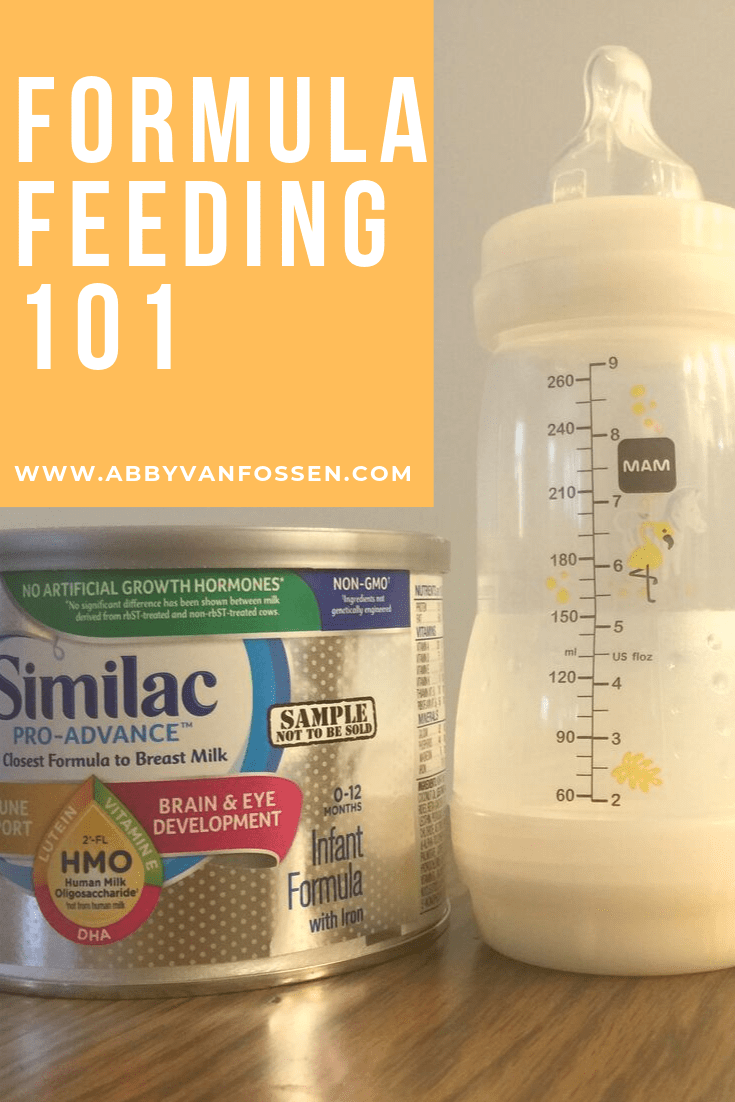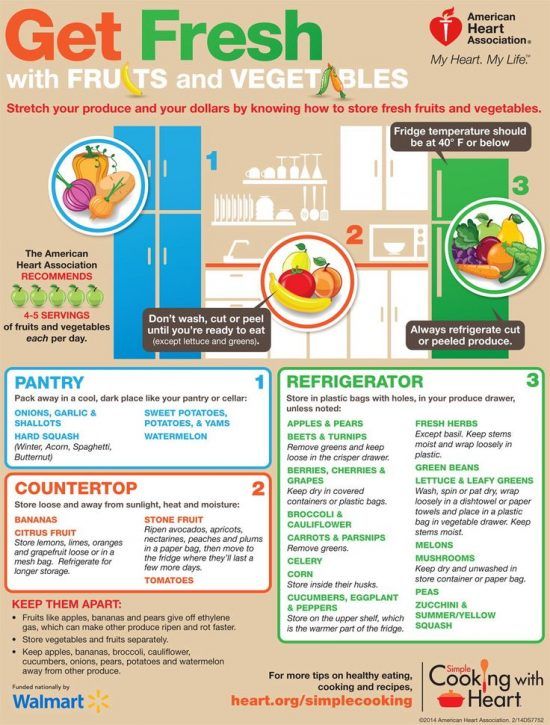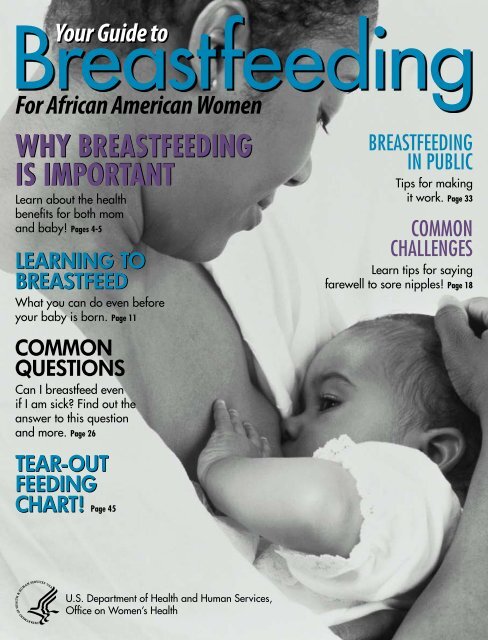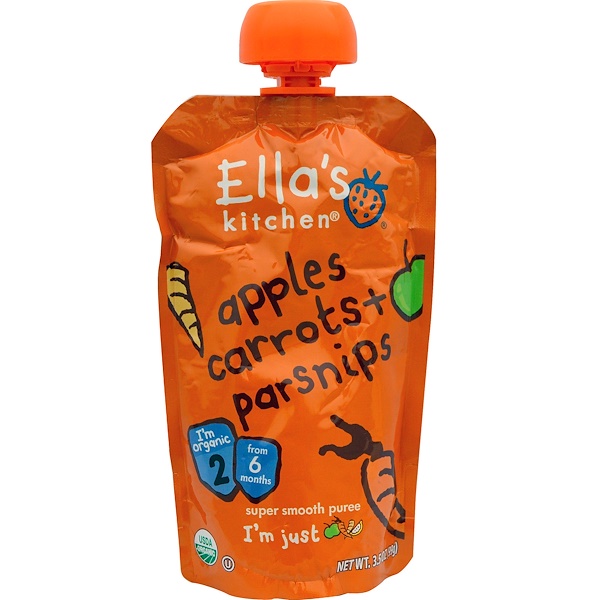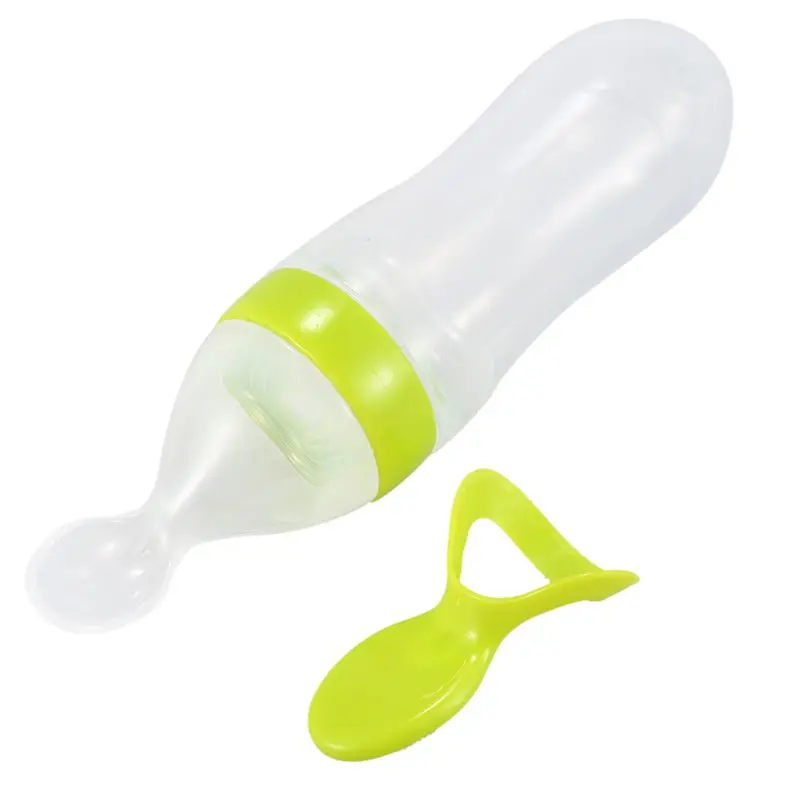Baby formula feeding chart by weight
Baby formula feeding chart: How much formula by weight and age
Is your baby getting too much or too little formula? It's an important question that worries many new parents, especially those with newborns. When deciding how much formula to give your baby, it's important to watch their hunger cues as well as looking at guidelines based on age and weight. In general, before they're eating solids, babies need 2.5 ounces of formula per pound of body weight each day.
These guidelines are for babies who are exclusively formula-fed for the first 4 to 6 months, and then fed a combination of formula and solids up to age 1. If your baby is getting a combination of breast milk and formula, talk to their doctor for separate advice.
Your pediatrician can tell you where your baby falls on the growth charts, make sure they're growing steadily on their own growth curve, and help you ensure that they're getting a healthy amount of formula. If you're ever worried about your baby's growth, behavior, or development, talk with their doctor.
How much formula for a newborn
For the first few days, offer your newborn 1 to 2 ounces of formula every 2 or 3 hours. (At first, newborns may only take a half ounce of formula at a time.)
After the first few days, give your newborn 2 to 3 ounces of formula every 3 to 4 hours.
Initially it's best to feed your formula-fed newborn on demand, whenever they show signs that they're hungry. Because your little one can't tell you when they want a bottle, you'll need to learn to read their hunger cues. Crying is often a late sign of hunger, so if you can, try to catch the earlier signs that it's time for a feeding.
Here are some hunger cues to watch for:
- Smacking or licking their lips
- Rooting (moving their jaw, mouth, or head in search of food)
- Putting their hands to their mouth
- Opening their mouth
- Fussiness
- Sucking on things
- Becoming more alert
- Crying
As time passes, your newborn will begin to develop a fairly regular feeding schedule.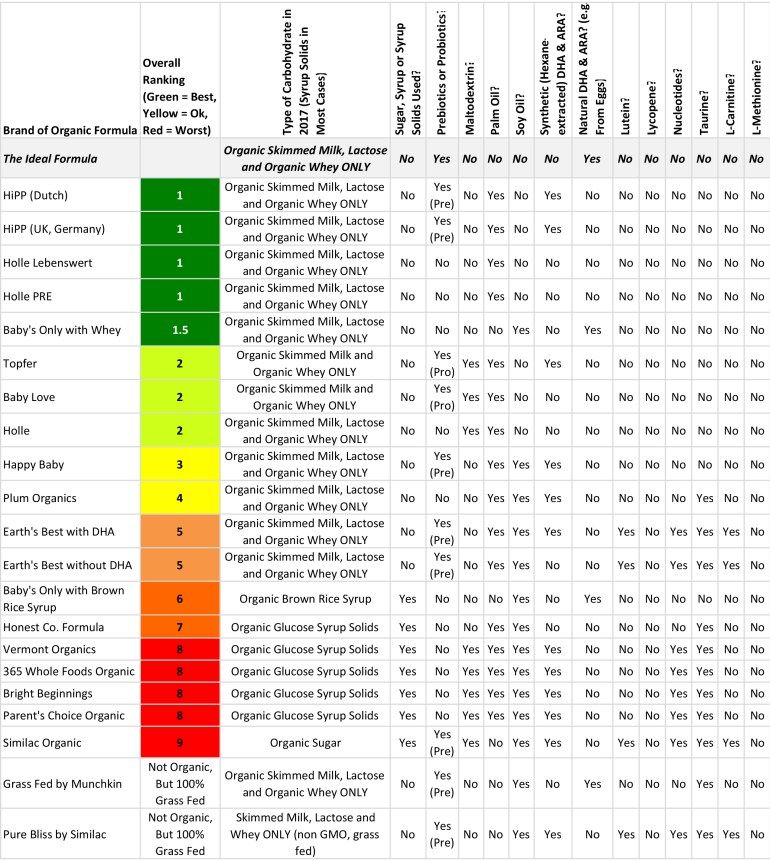 You'll become familiar with their cues and needs, and knowing when and how much to feed them will be much easier.
You'll become familiar with their cues and needs, and knowing when and how much to feed them will be much easier.
Formula feeding chart by weight
During the first 4 to 6 months, when your baby isn't eating solid foods, here's a simple rule of thumb: Offer 2.5 ounces of formula per pound of body weight every 24 hours, with a maximum of about 32 ounces.
Advertisement | page continues below
| Weight | Ounces of formula |
|---|---|
| 6 pounds | 15 fl oz every 24 hours |
| 7 pounds | 17.5 fl oz every 24 hours |
| 8 pounds | 20 fl oz every 24 hours |
| 9 pounds | 22.5 fl oz every 24 hours |
| 10 pounds | 25 fl oz every 24 hours |
| 11 pounds | 27.5 fl oz every 24 hours |
| 12 pounds | 30 fl oz every 24 hours |
These numbers aren't rigid rules. They offer a rough estimate for what your baby may need.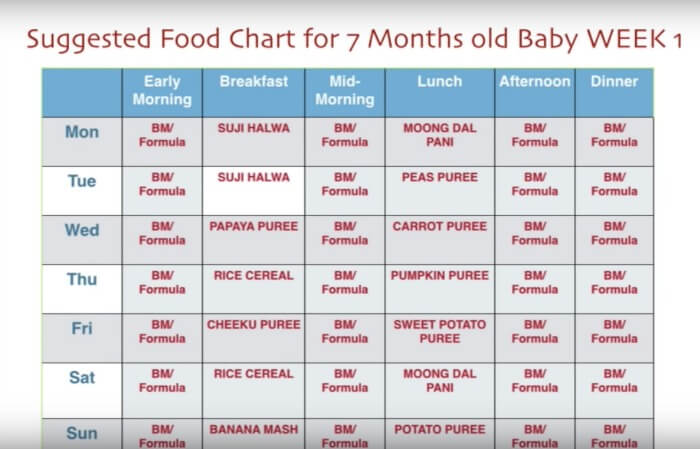 Some babies will grow well while taking less than the recommended amount, while others consistently need more. Your baby's daily feedings will also vary according to their individual needs – in other words, they may want a bit more on some days and a bit less on others.
Some babies will grow well while taking less than the recommended amount, while others consistently need more. Your baby's daily feedings will also vary according to their individual needs – in other words, they may want a bit more on some days and a bit less on others.
Formula feeding chart by age
Here are typical amounts per day based on age:
| Age | Ounces of formula |
|---|---|
| Full-term newborn | 2 ounces per bottle every 3 to 4 hours |
| 1 month old | 3 to 4 ounces per bottle every 3 to 4 hours |
| 2 month old | 4 to 5 ounces per bottle every 3 to 4 hours |
| 3 month old | 4 to 6 ounces per bottle every 3 to 4 hours |
| 4 month old | 4 to 6 ounces per bottle, 4 to 6 times a day |
| 5 month old | 4 to 6 ounces per bottle, 4 to 6 times a day |
| 6 month old | 6 to 8 ounces per bottle, 4 to 5 times a day |
| 7 month old | 6 to 8 ounces per bottle, 3 to 5 times a day |
From 8 months old until their first birthday, you can expect your baby to have 7 to 8 ounces per bottle, 3 to 4 times a day.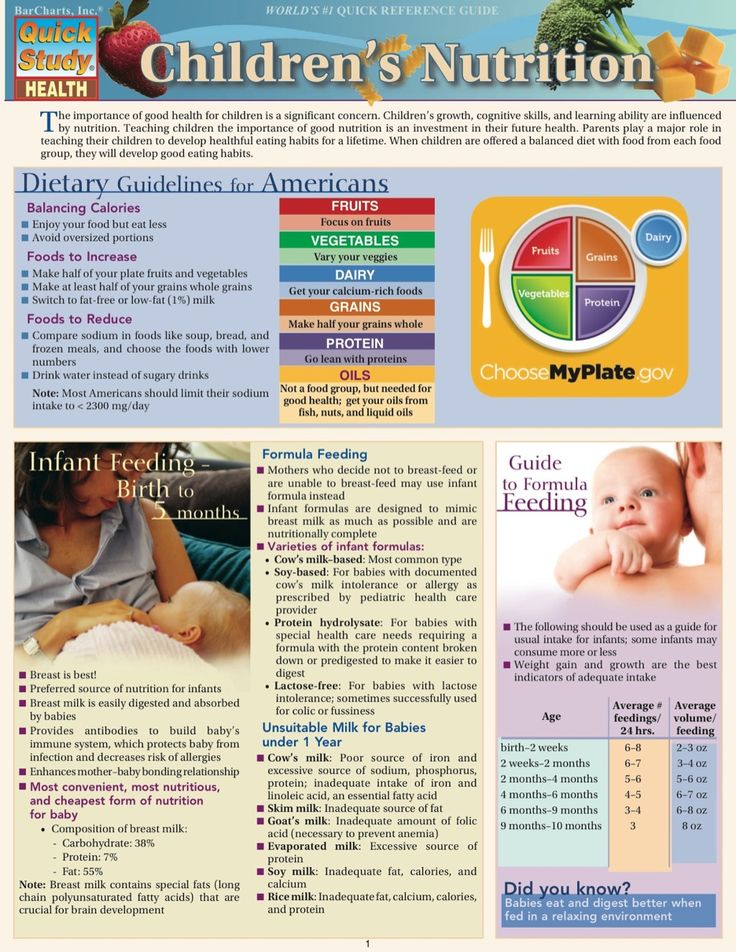
As your baby gets older – and their tummy gets bigger – they'll drink fewer bottles a day with more formula in each. It's important not to overfeed your baby so they'll stay at a healthy weight. Your baby shouldn't have more than 32 ounces of formula in 24 hours.
When they reach their first birthday, they can stop drinking formula and transition to cow's milk in a bottle, sippy cup, straw cup, or open cup. Limit your toddler to 16 to 24 ounces (2 to 2.5 cups) a day of whole milk, so they have room for other healthy foods.
Here are signs that your baby's getting all the formula they need:
- Steady weight gain. They continue to gain weight after their first 10 days and follow a healthy growth curve during their first year. (Most babies lose up to 7 to 10 percent of their birth weight in the first few days and then regain it by the time they're about 2 weeks old.)
- Happy baby. They seem relaxed and satisfied after a feeding.
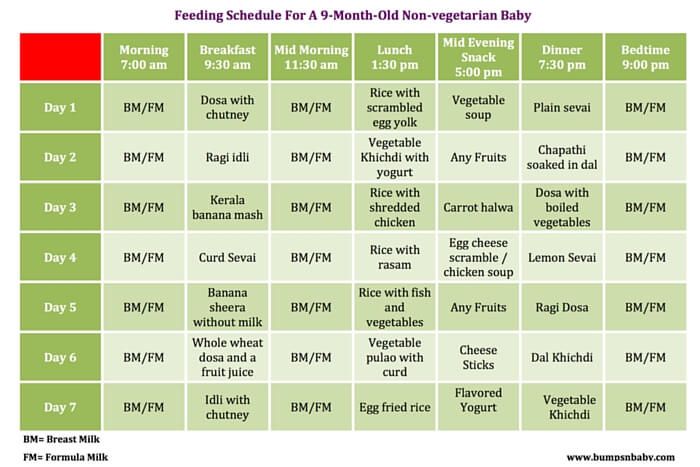
- Wet diapers. They wet two to three diapers a day in the first few days after birth. Over the next few days, the amount should increase to at least five to six wet diapers a day.
Babies are usually good at eating the amount they need, but bottle-fed babies can drink too much at times. Here are the signs that they're getting too much formula:
- Vomiting after a feeding may be a sign that your baby had too much. (Spitting up is normal, vomiting isn't.)
- Tummy pain after a feeding can also be a sign of overfeeding. If your baby draws up their legs or their tummy seems tense, they may be in pain. (See other possible reasons for stomach pain in babies.)
If your baby seems to want to eat all the time, even after finishing a bottle, talk to your pediatrician. Using a pacifier may help soothe their need to suck.
Formula-feeding tips
- In general, babies eat when they're hungry and stop when they're full, so resist the temptation to encourage your baby to finish each bottle.
 Overfeeding during infancy can contribute to obesity later in life.
Overfeeding during infancy can contribute to obesity later in life. - Don't respond to your baby's every cry with a bottle. They may be crying because their diaper is wet, they're cold or hot, they need to be burped, or they want to be close to you. (Learn more about why babies cry, and how to soothe them.)
- Your baby may be hungrier than usual during growth spurts. These typically occur 10 to 14 days after birth and around 3 weeks, 6 weeks, 3 months, and 6 months of age.
Read more:
- Formula Feeding Problem Solver
- How to safely store and use formula
Was this article helpful?
Yes
No
Amount and Schedule of Baby Formula Feedings
- In the first week after birth, babies should be eating no more than about 1 to 2 ounces (30 to 60 ml) per feed.
- During the first month, babies gradually eat more until they take 3 to 4 ounces (90 to 120 ml) per feed, amounting to 32 ounces per day.
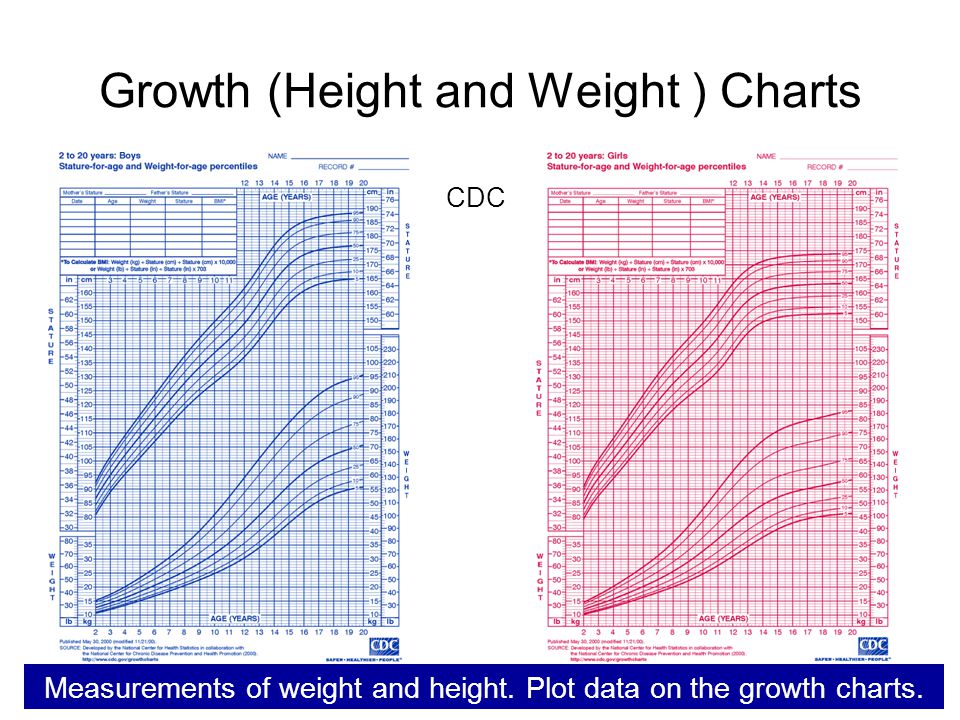 Formula-fed babies typically feed on a more regular schedule, such as every 3 or 4 hours. Breastfed babies usually take smaller, more frequent feedings than formula-fed infants.
Formula-fed babies typically feed on a more regular schedule, such as every 3 or 4 hours. Breastfed babies usually take smaller, more frequent feedings than formula-fed infants.
If your baby sleeps longer than 4 to 5 hours during the first few weeks after birth and starts missing feedings, wake them up and offer a bottle.
By the end of the first month: Your baby will be up to at least 3 to 4 ounces (120 mL) per feeding, with a fairly predictable schedule of feedings about every 3 to 4 hours.
By 6 months: Your baby will consume 6 to 8 ounces (180–240 mL) at each of 4 or 5 feedings in 24 hours.
Formula feeding based on body weight
On average, your baby should take in about 2½ ounces (75 mL) of infant formula a day for every pound (453 g) of body weight. But they probably will regulate their intake from day to day to meet their own specific needs, so let them tell you when they've had enough. If they become fidgety or easily distracted during a feeding, they're probably finished. If they drain the bottle and continues smacking their lips, they might still be hungry.
If they become fidgety or easily distracted during a feeding, they're probably finished. If they drain the bottle and continues smacking their lips, they might still be hungry.
There are high and low limits, however. If your baby consistently seems to want more or less than this, discuss it with your pediatrician. Your baby should usually drink no more than an average of about 32 ounces (960 mL) of formula in 24 hours. Some babies have higher needs for sucking and may just want to suck on a pacifier after feeding.
On-demand feeding
Initially it is best to feed your formula-fed newborn a bottle on demand, or whenever they cry with hunger. As time passes, your baby will begin to develop a fairly regular timetable of their own. As you become familiar with their signals and needs, you'll be able to schedule their feedings around their routine.
Eating & sleeping patterns
Between 2 and 4 months of age (or when the baby weighs more than 12 lb. [5.4 kg]), most formula-fed babies no longer need a middle-of-the-night feedings.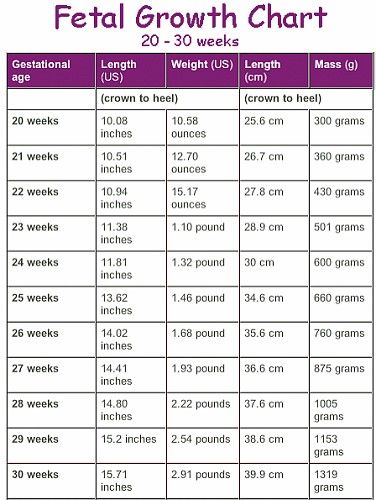 They're consuming more during the day, and their sleeping patterns have become more regular (although this varies considerably from baby to baby). Their stomach capacity has increased, too, which means they may go longer between daytime feedings—occasionally up to 4 or 5 hours at a time.
They're consuming more during the day, and their sleeping patterns have become more regular (although this varies considerably from baby to baby). Their stomach capacity has increased, too, which means they may go longer between daytime feedings—occasionally up to 4 or 5 hours at a time.
If your baby still seems to feed very frequently or consume larger amounts, try distracting them with play or with a pacifier. Sometimes patterns of obesity begin during infancy, so it is important not to overfeed your baby.
Getting to know your baby's feeding needs
The most important thing to remember, whether you breastfeed or bottlefeed, is that your baby's feeding needs are unique. No book―or website―can tell you precisely how much or how often they need to be fed or exactly how you should handle them during feedings. You will discover these things for yourself as you and your baby get to know each other.
More information
- How Often and How Much Should Your Baby Eat?
- Making Sure Your Baby is Getting Enough Milk
- Is Your Baby Hungry or Full? Responsive Feeding Explained (Video)
- Remedies for Spitty Babies
- Last Updated
- 5/16/2022
- Source
- Adapted from Caring for Your Baby and Young Child: Birth to Age 5 7th Edition (Copyright © 2019 American Academy of Pediatrics)
The information contained on this Web site should not be used as a substitute for the medical care and advice of your pediatrician. There may be variations in treatment that your pediatrician may recommend based on individual facts and circumstances.
There may be variations in treatment that your pediatrician may recommend based on individual facts and circumstances.
How to calculate the formula according to the weight of the child
Ekaterina Borisovna Bulavina
pediatrician of the 1st category
On artificial feeding, they do not feed on demand: you need to control the one-time and daily amount of food, its frequency. The development and health of the baby depends on this. Learn how to calculate the amount of formula for your baby at different ages so you don't overfeed or leave him hungry. The formulas for the calculation are given to us by a pediatrician of the first category, Ekaterina Borisovna Bulavina.
— Ekaterina Borisovna, why should parents observe the dosage of the mixture?
- Adapted infant formula, unlike breast milk, has a constant composition, a certain calorie content, the ratio of proteins, fats and carbohydrates, saturation with vitamins and microelements.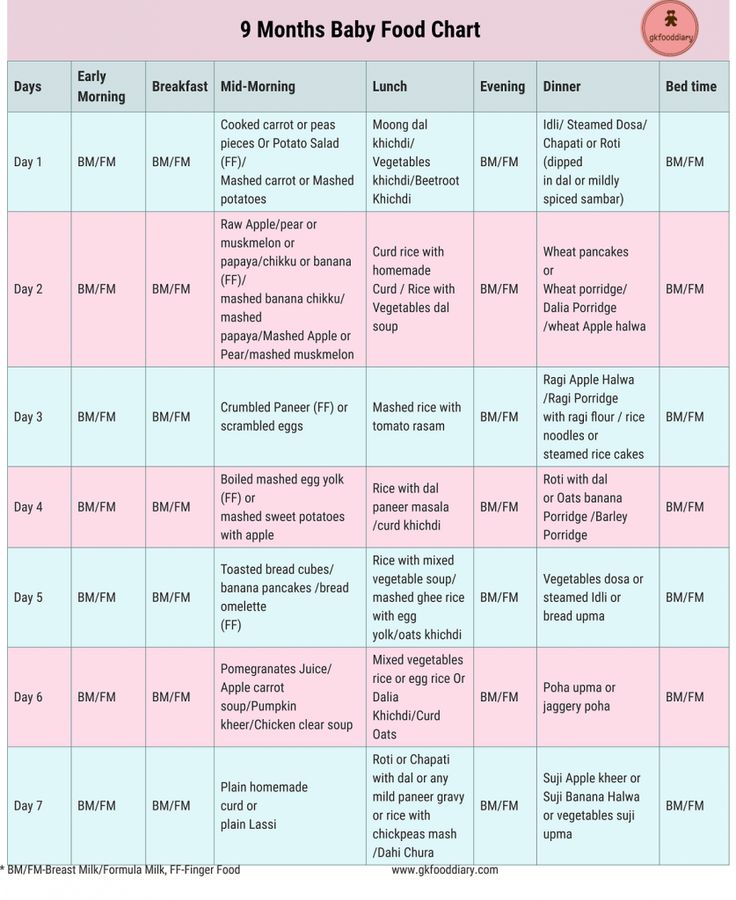 These parameters are calculated in accordance with the daily need of the child. Therefore, formula feeding cannot be free or on demand. If you give the mixture randomly and without taking into account the daily requirement, you can get either an overfed child with a risk of developing obesity, diabetes mellitus, or, conversely, a hypotrophic, developmentally lagging baby who, for health reasons, cannot eat the prescribed norm.
These parameters are calculated in accordance with the daily need of the child. Therefore, formula feeding cannot be free or on demand. If you give the mixture randomly and without taking into account the daily requirement, you can get either an overfed child with a risk of developing obesity, diabetes mellitus, or, conversely, a hypotrophic, developmentally lagging baby who, for health reasons, cannot eat the prescribed norm.
HOW MUCH FORMULA SHOULD YOU GIVE YOUR CHILD. FORMULA FOR CALCULATION OF NUTRITION FOR CHILDREN UNDER A YEAR
— Please tell us how to calculate the amount of formula by weight or other parameters.
- There are several methods for calculating the adapted milk formula for a formula-fed child - by weight and height, by the age of the child. As a rule, the daily volume is initially calculated. Then it is divided by the number of feedings, depending on the age of the child, to determine the required amount per feeding.
How to calculate infant formula by weight (up to 10 days)
How to calculate formula by weight and age of baby (over 10 days old)
For a baby over 9 months
- Which method of calculation is preferable?
- Each method is useful in a specific situation.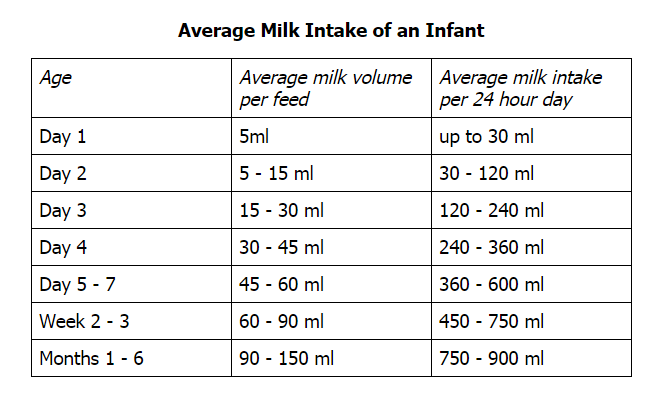 The most accurate, especially in small children, is the calorimetric method, but it is rather complicated and is used less and less. If the child has average physical indicators, then the volumetric method will be optimal.
The most accurate, especially in small children, is the calorimetric method, but it is rather complicated and is used less and less. If the child has average physical indicators, then the volumetric method will be optimal.
UNDERFEEDING AND OVERFEEDING - HOW TO AVOID PROBLEMS
- What nuances should parents take into account when determining the amount of formula?
- When calculating the formula, parents most often focus on the recommendations indicated on the packaging for the average child. It is better if the doctor makes the initial calculation of nutrition based on the weight and growth indicators of a particular baby, the presence or absence of perinatal risk factors, intrauterine growth retardation, malnutrition at birth and the banal ability to suck, the strength and condition of the nervous system.
Parents will have to follow the feeding regimen - the amount of food calculated by the doctor, the intervals between meals. Small deviations in one direction or another are allowed, but it is important to ensure that the child eats an approximate daily volume of milk formula.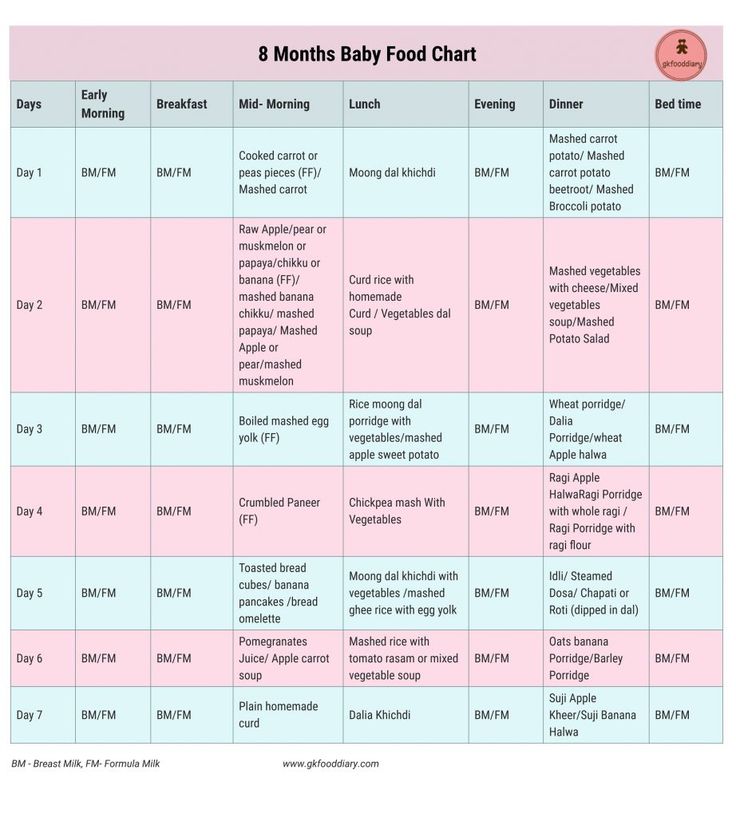
The calculation of the amount of the adapted mixture is made by the pediatrician after assessing the child's health status, its initial anthropometric indicators and monthly increases. Further, the change in the dynamics of weight will be decisive in calculating the volume of the mixture.
— What problems can haphazard feeding lead to?
— The composition of the mixture is balanced and calculated based on the daily need of the child in calories and nutrients. Unbalanced chaotic feeding will lead to an overabundance or deficiency of not only calories, but also essential nutrients, and overfeeding or underfeeding will lead to developmental delay. During this period, the formation of the whole organism takes place, and the future health of the child largely depends on what foundation will be laid at the beginning.
LOOK AT A WET DIAPER AND YOU WILL UNDERSTAND WHETHER THE BABY IS FAT
— Ekaterina Borisovna, the child is full, overfed or underfed — how to understand?
1.
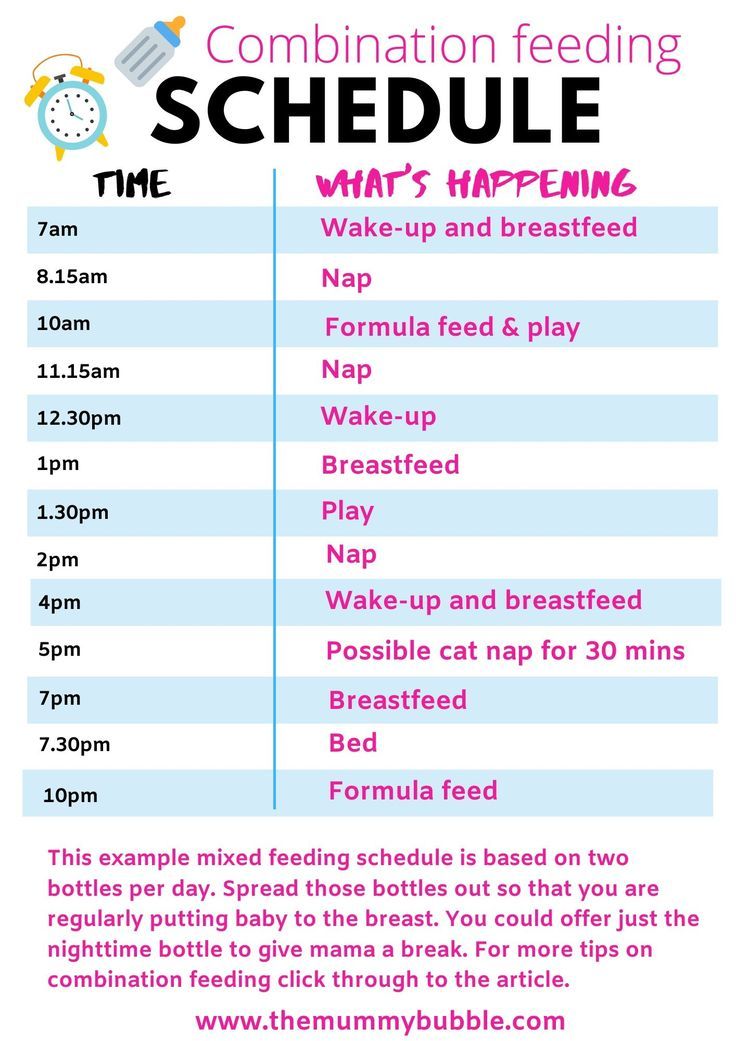 Assess the volume of the drunk mixture and its compliance with the calculated norm.
Assess the volume of the drunk mixture and its compliance with the calculated norm. - It is better to analyze the daily volume, since the child may well eat a little more in one feeding, a little less in another. The degree of saturation is taken into account - the baby has eaten or asks for more, has assimilated the received volume or burped out the excess mixture, maintains intervals between feedings, or begins to worry ahead of time.
2. Assess diuresis and stool pattern.
— If there is enough urination, then the child is getting enough nourishment. Rare urination, up to 4-6 times a day, is uncharacteristic for an infant: it means that he is malnourished. Formula-fed stools usually occur once every two to three days. If a child has a tendency to constipation or rare bowel movements due to the small amount of contents in the intestines, this also indicates malnutrition.
3. Assess the general condition of the child.
— Harmony of development, compliance of weight and height indicators with average statistical norms are important here. Both excess and underweight require revision and timely correction of nutrition.
Both excess and underweight require revision and timely correction of nutrition.
— When should I go to the pediatrician?
— For a timely assessment of the child's condition, you should contact the pediatrician at least once a month. The specialist conducts an anthropometric study, evaluates the thickness of the skin fold, the correspondence of height and weight, the level of psychomotor development. The doctor will notice problems with nutrition in the first months of life.
The most common reasons for emergency visits to the pediatrician:
- profuse regurgitation after feeding;
- infrequent urination, stool retention;
- marked anxiety of the child;
- sucking problems;
- the child quickly gets tired during feeding, cannot eat the minimum amount of the proposed mixture;
- excessive pallor, cyanosis of the extremities, cyanosis of the nasolabial triangle during feeding;
- No weight gain despite good appetite.

PROPERLY DILUTION OF INFANT FORMULA
— How to prepare infant formula and how long can it be stored?
- Prepare infant formula according to package directions. Each manufacturer, including MAMACO ® , may have its own dilution rules that require strict adherence.
Mix dilution
- Wash your hands thoroughly with soap and only then start cooking.
- Use well-washed and sterilized feeding utensils beforehand.
- The recommended dilution water temperature is 37-40°C.
- Bottled baby water is sufficient to warm up. Water from other sources requires boiling and cooling to the required temperature.
- The powder is placed in the water bottle and not vice versa to avoid lumps.
- Gently shake the contents of the bottle until the powder is completely dissolved. Vigorous shaking will result in abundant foam.
- Check your temperature again by placing a few drops on your wrist.
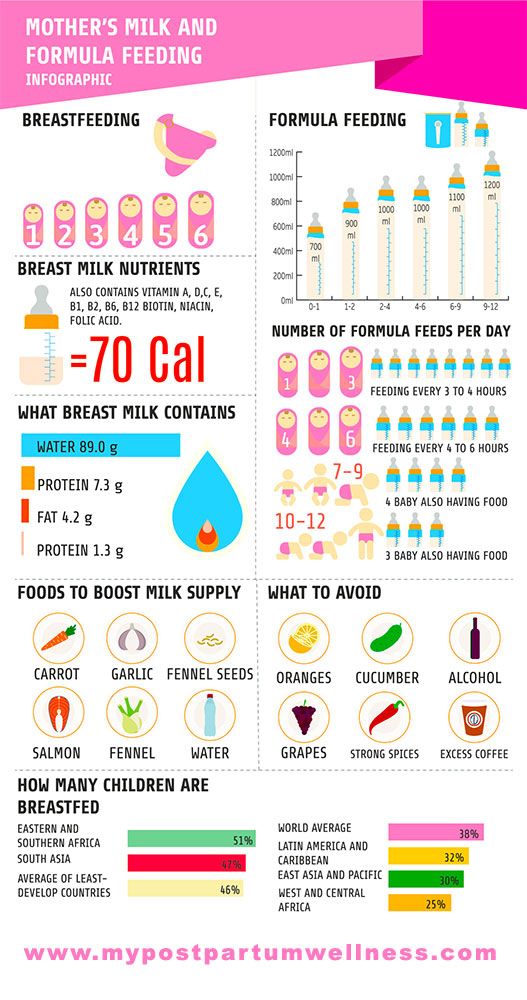 In the absence of discomfort, offer the mixture to the baby.
In the absence of discomfort, offer the mixture to the baby.
Ready Mix Storage
- Some manufacturers allow 24 hour storage. But in reality, the mixture rarely costs more than 4-5, since the intervals between feeding the child do not exceed these periods and it is not advisable to prepare a new portion if there is already a diluted one.
- How do you reheat formula that has cooled down or been stored in the refrigerator?
— The method of warming up is of fundamental importance in order to preserve the beneficial properties of nutrition and not harm the baby.
Breast milk is undeniably the best food in the first year of life. If natural feeding is not possible, the child will receive an adapted mixture that will help him fully develop and provide the maximum of the necessary nutrients. For this, it is important that the child eats an approximate daily allowance. Systematic underfeeding and overfeeding equally adversely affect the growing organism. To assess the development of the baby, it is necessary to visit the pediatrician every month, and if alarming symptoms appear, without waiting for the planned visit, show the baby to the doctor. In the organization of artificial feeding, it is not enough to correctly calculate the amount of the mixture, it is important to prepare it correctly - following the simple rules that we talked about will help organize the full and safe nutrition of the baby with breast milk substitutes.
To assess the development of the baby, it is necessary to visit the pediatrician every month, and if alarming symptoms appear, without waiting for the planned visit, show the baby to the doctor. In the organization of artificial feeding, it is not enough to correctly calculate the amount of the mixture, it is important to prepare it correctly - following the simple rules that we talked about will help organize the full and safe nutrition of the baby with breast milk substitutes.
* Breast milk is the best food for babies. WHO recommends exclusive breastfeeding for the first 6 months of a child's life and continued breastfeeding after complementary foods are introduced until the age of 2 years. Before introducing new products into the baby's diet, you should consult with a specialist. The material is for informational purposes and cannot replace the advice of a healthcare professional. For feeding children from birth. The product is certified.
#Baby formulas #pregnancy
Principles of successful lactation: checklist for mom
#Tips for Mom #breastfeeding
Yakovenko Margarita Pavlovna
Candidate of Medical Sciences, Pediatrician, Pediatric Neurologist, Medical Advisor MAMAKO ®
Milk fat in infant formula - how it affects the health and development of the child
#baby formulas #on goat milk #baby digestion #baby development
Kiseleva Elena Sergeevna
Candidate of Medical Sciences, Scientific Advisor MAMAKO ®
Goat's milk in children's nutrition: for or against
#Food #Tips for mom #Baby digestion #breastfeeding
Javier Diaz Castro
professor, lecturer
Neurologist for a child under one year old: first examination
#Tips for Mom #Baby development
Yakovenko Margarita Pavlovna
Candidate of Medical Sciences, Pediatrician, Pediatric Neurologist, Medical Advisor MAMAKO ®
Calendar of doctor visits during the first year of a child's life
#Advice for Mom
Kizino Polina Aleksandrovna
pediatrician, perinatal psychologist
How to tell if a baby has a food allergy
#allergy #Tips for mom #breast-feeding #baby formula #lure
Kiseleva Elena Sergeevna
Candidate of Medical Sciences, Scientific Advisor MAMAKO ®
Why DHA, ARA and lutein are added to infant formula
#baby formulas #Baby development
Yakovenko Margarita Pavlovna
Candidate of Medical Sciences, Pediatrician, Pediatric Neurologist, Medical Advisor MAMAKO ®
First tests and vaccinations: how to prepare yourself and your child
#Advice for Mom
Kizino Polina Alexandrovna
pediatrician, perinatal psychologist
How to properly rock a baby to sleep
#Advice for Mom
Kizino Polina Alexandrovna
pediatrician, perinatal psychologist
Digestion in newborns and infants and its features
#Baby Digestion #breast-feeding #baby formula #Lure #Tips for mom #Baby development
Kiseleva Elena Sergeevna
Candidate of Medical Sciences, Scientific Advisor MAMAKO ®
See all
See all
Milk fat in infant formula - how it affects the health and development of the child
# infant formula # on goat milk # baby digestion # baby development
Kiseleva Elena Sergeevna
Candidate of Medical Sciences, Scientific Advisor MAMAKO ®
Goat's milk in children's nutrition: for or against
# Lure # Tips for Mom # Baby's digestion # breastfeeding
Javier Diaz Castro
professor, lecturer
Digestion in newborns and infants and its features
# Baby digestion # breast-feeding # infant formula # Lure # Tips for Mom # Baby development
Kiseleva Elena Sergeevna
Candidate of Medical Sciences, Scientific Advisor MAMAKO ®
Neurologist for a child under one year old: first examination
# Tips for mom # Baby development
Yakovenko Margarita Pavlovna
Candidate of Medical Sciences, Pediatrician, Pediatric Neurologist, Medical Advisor MAMAKO ®
Calendar of doctor visits during the first year of a child's life
# Tips for mom
Kizino Polina Alexandrovna
pediatrician, perinatal psychologist
Principles of successful lactation: checklist for mom
# Tips for mom # breastfeeding
Yakovenko Margarita Pavlovna
Candidate of Medical Sciences, Pediatrician, Pediatric Neurologist, Medical Advisor MAMAKO ®
How to properly rock a baby to sleep
# Tips for mom
Kizino Polina Alexandrovna
pediatrician, perinatal psychologist
Why DHA, ARA and lutein are added to infant formula
# infant formula # Baby development
Yakovenko Margarita Pavlovna
Candidate of Medical Sciences, Pediatrician, Pediatric Neurologist, Medical Advisor MAMAKO ®
See all
First tests and vaccinations: how to prepare yourself and your child
# Tips for mom
Kizino Polina Alexandrovna
pediatrician, perinatal psychologist
How to tell if a baby has a food allergy
# allergy # Tips for Mom # breast-feeding # infant formula # lure
Kiseleva Elena Sergeevna
Candidate of Medical Sciences, Scientific Advisor MAMAKO ®
See all
View all
See all
Complementary feeding norms for children under one year old
WHEN A CHILD BEGINS TO EAT SOLID FOOD
— Ekaterina Borisovna, at what stage does complementary foods appear in a child's diet?
— Up to 4-6 months, breast milk and infant formula can meet the daily nutritional needs of an infant.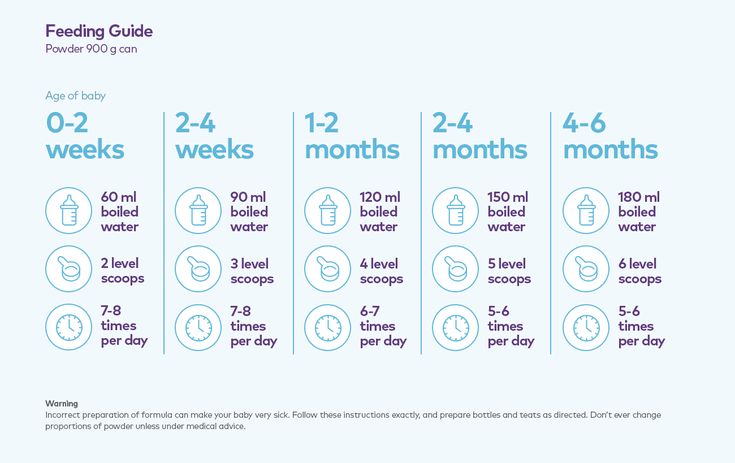 After the body begins to require more energy, nutrients and fibers, and then additional feeding with solid food becomes mandatory in the baby's diet.
After the body begins to require more energy, nutrients and fibers, and then additional feeding with solid food becomes mandatory in the baby's diet.
Complementary foods have other important roles:
- introduce the child to a variety of taste sensations, more complex food texture;
- develop chewing and swallowing skills;
- to form the correct perception of food through a variety of products.
— At what age is it best to introduce complementary foods and why?
- According to the National Feeding Optimization Program, the interval for introducing complementary foods is between the 17th and 26th weeks of life, regardless of the nature of milk feeding. This period is also called the food tolerance window, when the body is ready to try new foods with the least risk of allergies.
Timing of the introduction of complementary foods and types of foods are individual. The height and weight of the baby, the features of his digestion, and the nervous system are taken into account.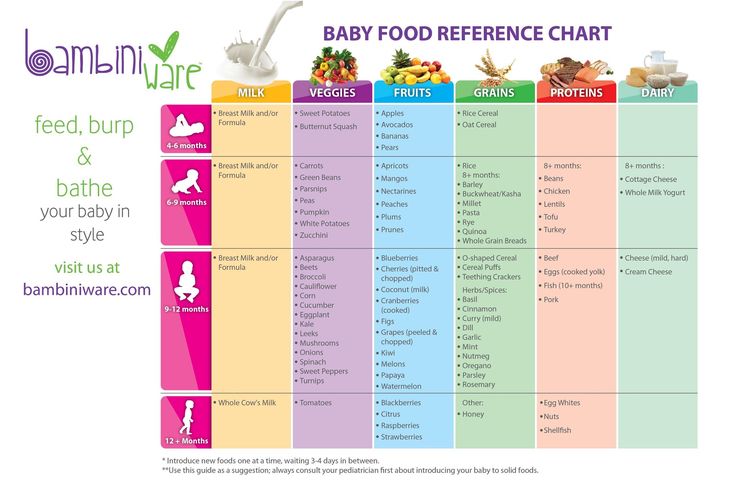 For a healthy child, the optimal age for the first complementary foods is 5 months.
For a healthy child, the optimal age for the first complementary foods is 5 months.
Table. Consequences of feeding too early and too late
— How do you know if a baby is “ripe” for complementary foods?
— There are signs that the baby is ready to feed.
- The baby should double its birth weight.
- The child can sit for some time with support.
- The child is able to raise his head up and hold it.
- Spoon ejection reflex gone. To test it, you need to give the baby some water from a spoon - if he does not spill it and drinks it, you can try new foods.
- The child is more likely to breastfeed/bottle because he doesn't feed on milk or formula alone.
- The child makes tongue movements that form a food bolus.
- The child shows interest at the sight of food - reaches for it, carefully watches how parents eat, grabs cutlery and examines them, opens his mouth when a spoon approaches, turns his head away from the spoon if he is not hungry.

All these signs, being present in one way or another, indicate the readiness of the child to introduce complementary foods.
Aspiration in infants is a condition in which milk or formula, pieces of food, and stomach contents enter the respiratory tract if the child chokes, chokes or burps.
Forced introduction of complementary foods is not unambiguous, even if the deadlines are running out. Such feeding can provoke choking up to aspiration. Negative emotions experienced by a child during feeding can form a stable refusal of any food, the so-called infantile anorexia. If you refuse a new food, it is better to postpone complementary foods for a while and start all over again with more pleasant dishes for the child.
— Babies do often refuse complementary foods. How to arouse food interest?
- If a child refuses a certain product, it is worth postponing its introduction for a couple of weeks and replacing it with a similar one for now.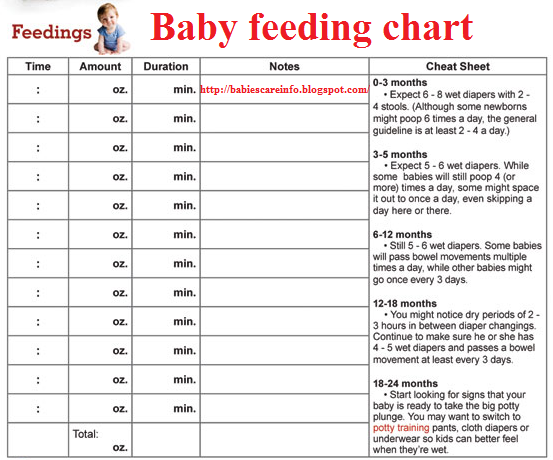 If the child does not want to eat at all, it is necessary to re-evaluate the signs of his readiness for complementary foods.
If the child does not want to eat at all, it is necessary to re-evaluate the signs of his readiness for complementary foods.
A well-hungry baby should be introduced to new foods before breastfeeding. You should also adhere to a certain diet, avoiding chaotic feeding. It is worth choosing foods that the child prefers. You can lightly sweeten the puree with breast milk or formula.
— The kid refuses to eat with a spoon...
— Let him try to eat with his hands, the main thing is to interest him. It is important to introduce the child to the culture of food in time. To do this, he is seated at the table in a special high chair. At first, the baby simply watches how adults eat, then he begins to play with cutlery and show interest in adult food, something is pulled into his mouth. At such moments, you need to try to offer the baby his first adult product. But it should be his dish - vegetable puree or porridge. Products from the common table are already pedagogical complementary foods.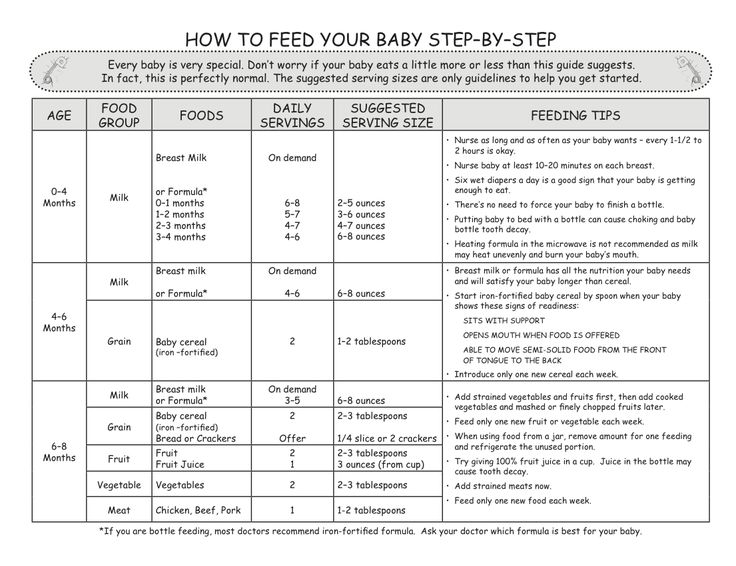
SELECTING THE TYPE OF COMPLETE FOOD: PEDAGOGICAL OR PEDIATRIC
— How does pedagogical complementary food differ from the pediatric scheme?
— In pedagogical complementary food, food is given from an adult table for information purposes only. At the same time, milk feeding remains as the main type of nutrition. You can try new foods before, after, or while breastfeeding or formula feeding.
Pedagogical Educational Complementary Food is an introduction to a child's diet of food that adults eat, that is, not processed specifically for the child. The goal is to introduce him to a variety of products.
The kid sits down at an adult table and tries in microdoses - up to one teaspoon - any product from mom's plate.
Pediatric traditional food is, in fact, the first, second and third food with a nutritional function.
What type of complementary foods to choose, pedagogical or pediatric, or a combination of both options, the mother decides:
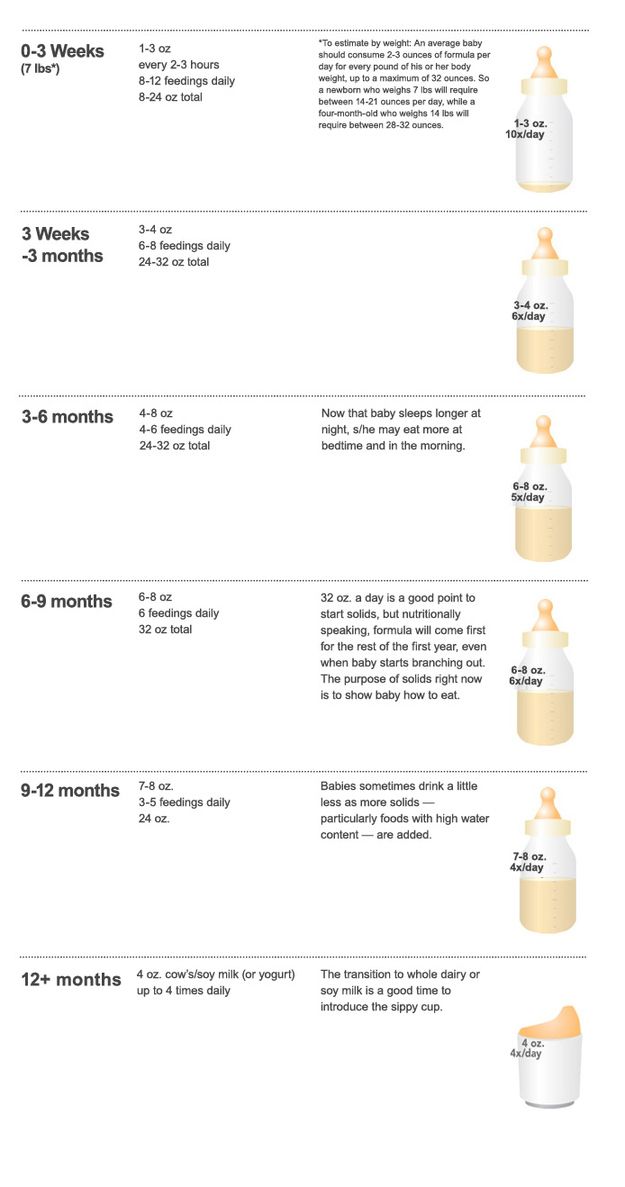
INTRODUCTION OF VEGETABLES AND PASSAGES
— What are the best foods to start feeding your baby?
— According to modern recommendations, it is preferable to choose vegetable monocomponent puree or gluten-free porridge as the first meal of complementary foods.
Table. Allowed first foods
Read also
- When to start complementary foods and which foods to give first.
— Ekaterina Borisovna, what types of cereals do you recommend for cereals and when can you give cereals with additives?
— Gluten-free low-allergenic cereals — buckwheat, rice, corn — are used for the first feeding. Gluten is a protein found in cereal grains such as wheat and barley. The baby still does not have enough enzymes that can break down this protein. If it enters the body, digestive problems can occur - colic, bloating, frequent frothy stools - or skin manifestations of allergies. Therefore, gluten cereals are introduced into the diet no earlier than 7-8 months.
Therefore, gluten cereals are introduced into the diet no earlier than 7-8 months.
With good tolerance to dairy-free and milk porridges, you can try porridges with additives in the form of fruits and berries. You can’t start with these cereals, since you need to track the baby’s reaction to each component. Therefore, everything is gradual: first, we determine the reaction to the cereal component, then to the milk component, and only then to fruit and berry supplements.
— In what cases is porridge made with goat milk better than regular dairy?
- If the baby is not gaining weight well, is lagging behind his peers in physical development and has a tendency to unstable stools, then most likely the pediatrician will prescribe the first complementary foods in the form of cereals. Kashi MAMAKO ® goat milk is the best solution for these problems. Goat milk will ensure comfortable digestion, selected cereals will become an excellent source of energy, and an additional vitamin and mineral complex will cover the daily requirement for micronutrients, which are so necessary for the baby for full development.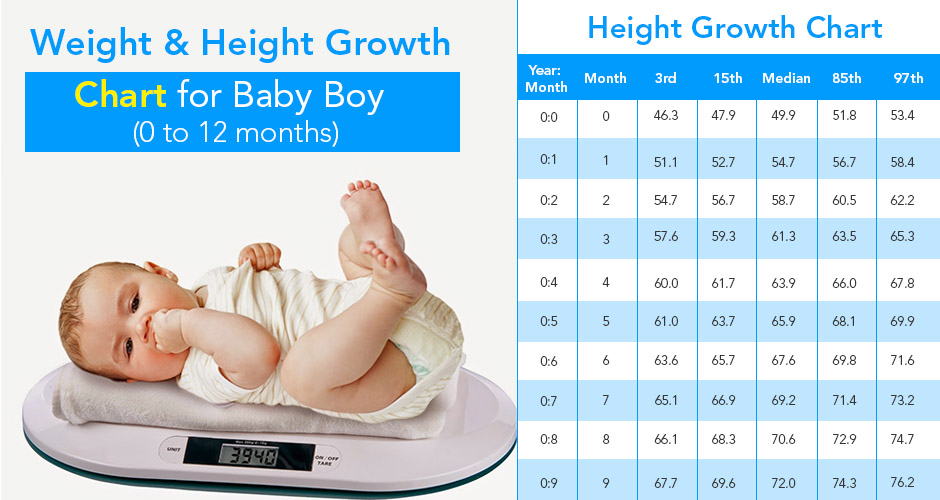 In addition, a wide range and delicate texture of goat milk cereals can satisfy the taste preferences of the most demanding picky.
In addition, a wide range and delicate texture of goat milk cereals can satisfy the taste preferences of the most demanding picky.
- How to process and grind products for the first complementary foods?
— If a mother decides to prepare a complementary food dish herself, she will have to spend a lot of time on the correct processing of the product. A prerequisite is the heat treatment of everything that the child receives.
- Puree
Vegetables are thoroughly washed, peeled, simmered and then ground to a smooth puree-like consistency.
- Cooking porridge
The cereal is washed, dried, ground in a blender or coffee grinder, boiled and ground again, if necessary, until a homogeneous creamy consistency is obtained.
— What's more beneficial, homemade food or store-bought food?
— For the first complementary foods, industrial products are preferable. They have a strictly balanced composition in accordance with children's age needs, high-quality raw materials are used for their preparation, and the production technology allows preserving the maximum amount of micronutrients.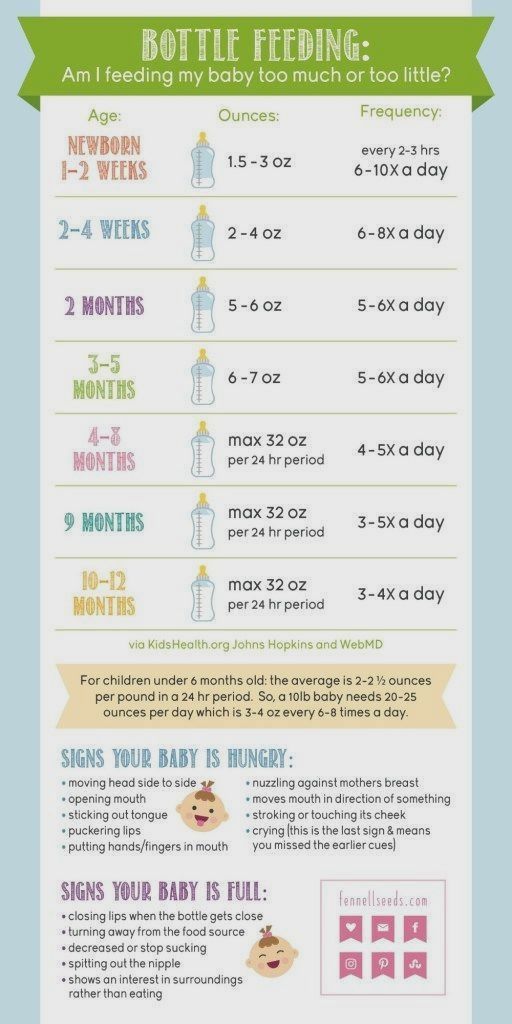 In addition, it is impossible to trace where this or that vegetable, fruit or cereal, from which we cook at home, was brought to the store. And the safety of baby purees and cereals is confirmed by mandatory certification and strict quality control at all stages of their production and sale.
In addition, it is impossible to trace where this or that vegetable, fruit or cereal, from which we cook at home, was brought to the store. And the safety of baby purees and cereals is confirmed by mandatory certification and strict quality control at all stages of their production and sale.
COMPLETE FEEDING REGULATIONS
— Can complementary foods be given with breast milk or formula?
- Complementary foods should always be given before breastfeeding or bottle feeding. For example, a child ate only 50 g of puree, and by age the feeding volume is 150 ml. Then supplementary feeding with the mixture goes in a volume not exceeding the age norm, that is, in our case it is 100 ml. Breastfeeding can be in any amount.
Complementary food allowance
- First complementary food: one main type of complementary food (after complete introduction into the diet) replaces one feeding, all other feedings are given by mother's milk/milk formula.
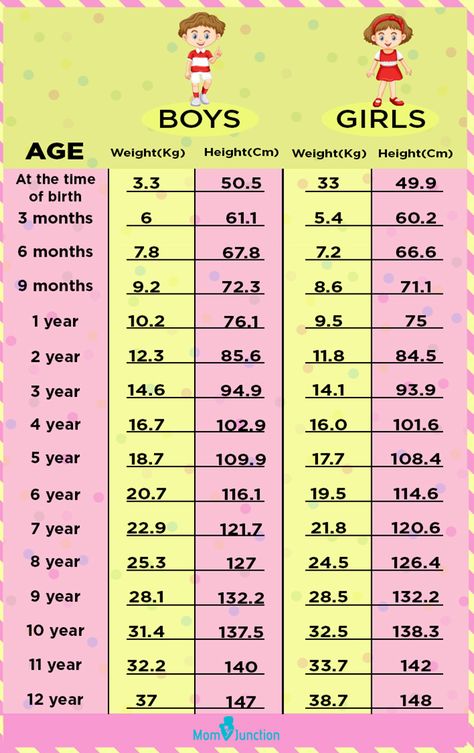
- The second feeding: if you started with vegetables, then one feeding is mashed potatoes, the second feeding is porridge, all the rest are also milk or a mixture.
— Is there a universal complementary feeding scheme?
— Medical advice exists. However, before starting complementary foods, it is mandatory to consult your pediatrician to assess the readiness of the child and identify contraindications. Changes in the complementary feeding scheme depend on medical indications, the degree of full-term maturity, weight and growth indicators, individual preferences of the infant, as well as on the nutritional traditions of each family. Guideline nutritional guidelines are listed below.
Table. Complementary feeding norms by months in grams
PROBLEMS WITH COMPLEMENTARY FEEDING
— What can be a child's reaction to unfamiliar food?
— The introduction of complementary foods is a kind of test for a small organism.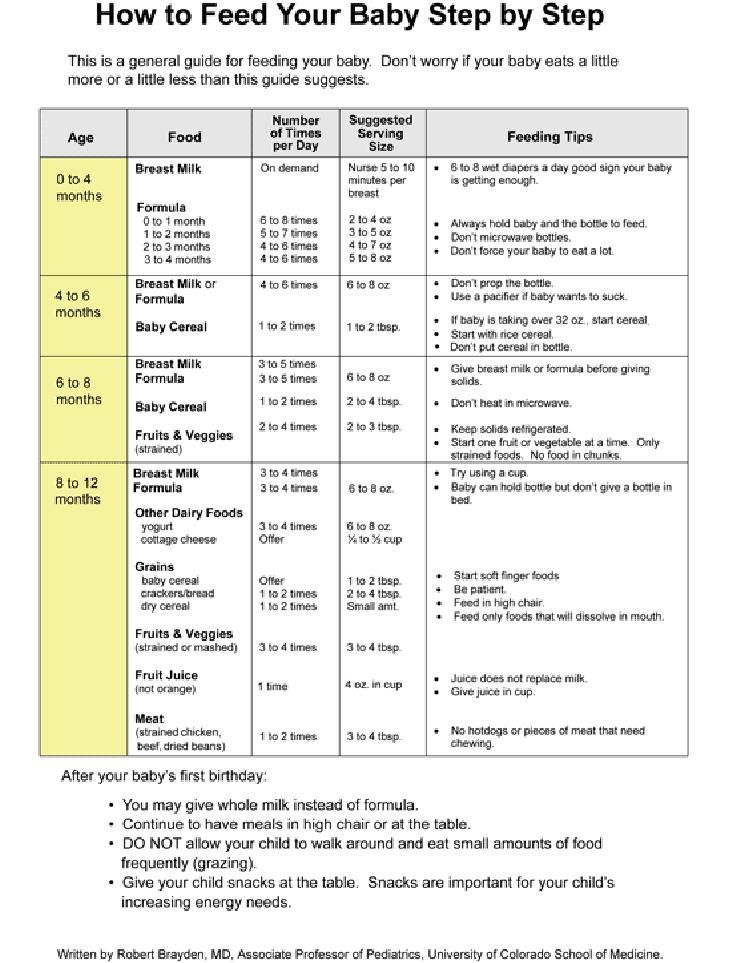 It is important to start feeding the baby on time, observing the principle of gradualness. However, things don't always go smoothly.
It is important to start feeding the baby on time, observing the principle of gradualness. However, things don't always go smoothly.
The most common functional disorders in the introduction of complementary foods:
- colic;
- swelling;
- appearance or increase of regurgitation;
- constipation or loose stools;
- rarely nausea or vomiting.
If all these phenomena are temporary, do not lead to a violation of general well-being, occur only when a certain product is consumed and disappear after its exclusion, then, probably, due to the functional immaturity of the digestive organs, the child is not yet ready for a change in diet. It is worth waiting a bit, and after the resumption of symptoms, try another product or take a break from complementary foods for a while.
Stop complementary foods and consult a doctor immediately to determine the cause of problems if:
- changes in health status are persistent;
- the baby is worried about constant pain in the abdomen, persistent regurgitation, vomiting;
- there is no independent stool or pathological inclusions appear in the stool in the form of mucus or streaks of blood.

— How can I add additional foods to my baby's complementary foods to minimize the risks?
— When prescribing complementary foods, the following rules should be observed:
- Do not get carried away with large doses: new vegetable or cereal complementary foods are offered in small quantities, bringing the volume to the age norm within a week. At the same time, they carefully observe the behavior of the child, the purity of his skin, the nature of the stool.
- An unfamiliar product is not given in the afternoon, during illness, teething, before and after vaccination.
- First, the baby tries monocomponent dishes, after - complex ones.
- At 9-10 months, puree products are gradually replaced by finely ground ones.
- Always spoon-feed before breastfeeding or bottle feeding.
- It is important to maintain lactation, so the breast should be offered after the main meal.
Complementary foods are an interesting and important stage in the first year of life.